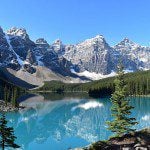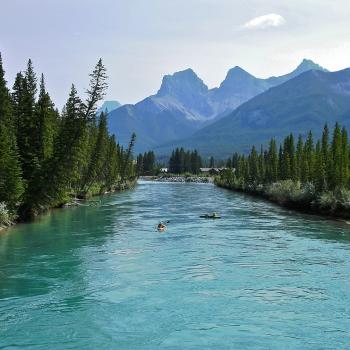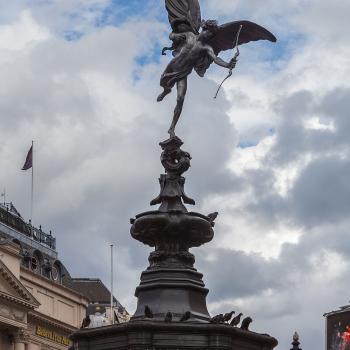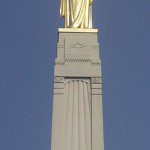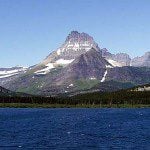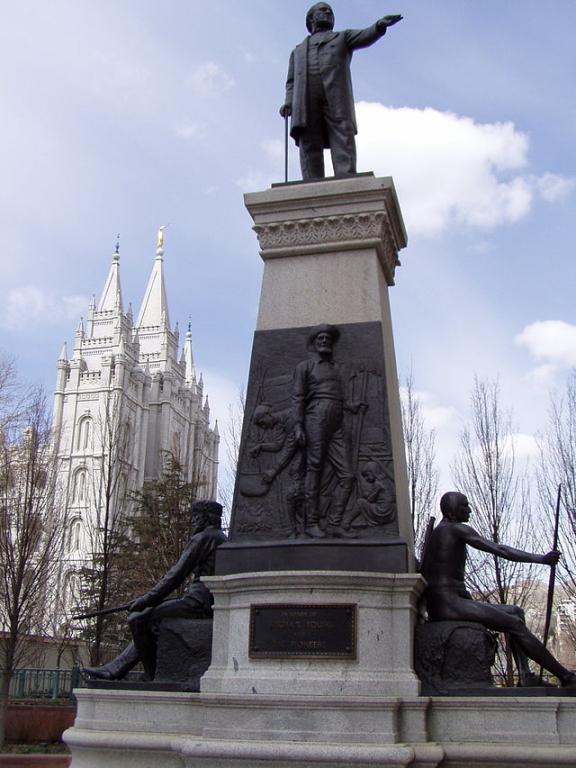
This is the abstract that I sent in this morning for the 2025 FAIR Conference, which will run from the evening of Wednesday, 6 August, through Friday, 8 August, at Thanksgiving Point in Lehi, Utah. I will be speaking on Friday:
“Brigham Young and Slavery”
We cannot hide the fact that Brigham Young said some things about race that make us wince in the twenty-first century. In fact, to make matters worse, as territorial governor of Deseret he presided in 1852 over the enactment of a law that actually legalized slavery.
Or did he? Very recent scholarship has carefully examined that law and has overturned much of what I, at least, had assumed about it. (Part of our modern problem is our simplistic and uninformed understanding of how labor and employment were categorized in antebellum America.)
I propose to share some of the results of this recent scholarship that, I believe, greatly reduce (if they do not altogether eliminate) the challenges posed to contemporary Latter-day Saints by Brigham Young’s racial attitudes—and that have furnished weapons to critics of the Church.
The scholarship to which I refer wasn’t created with apologetic intent, but I will turn it in that direction. I will cite not only the conclusions of the scholars, with whom I believe my own conclusions will be consistent, but statements of Brigham Young and others who were directly involved in the discussions of race, slavery, and servitude that threatened to divide the Church and its settlements in the Great Basin West prior to Abraham Lincoln’s Emancipation Proclamation, which rendered some of the relevant issues moot.
For me, this new scholarship has been deeply helpful, and I think that some of its results need to reach a general audience.
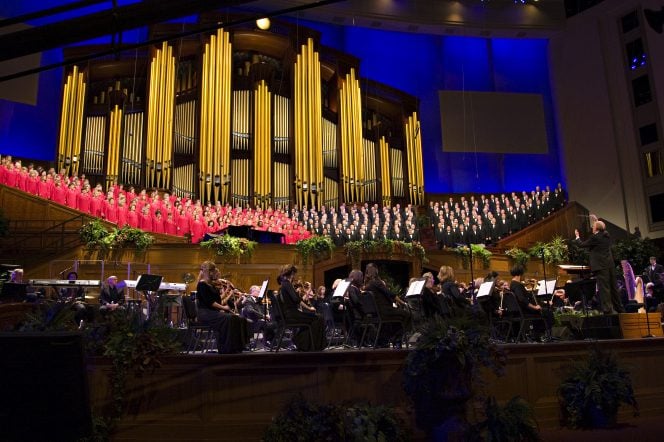
Earlier today, Sunday, the Tabernacle Choir at Temple Square performed its five-thousandth consecutive weekly broadcast. That’s no little thing. Here’s an article about the lead-up to the broadcast, including the interesting response of a Canadian rabbi: “5,000 episodes: The power and reach of ‘Music & the Spoken Word’: Messages from listeners have helped to craft the choir’s milestone 5,000th episode on Sunday.” And here, in case — like me — you were unable to experience the broadcast live today, is link through which you can watch it and listen to it: https://www.thetabernaclechoir.org/5000?lang=eng

We made our way down today from Canmore and its portion of the Canadian Rockies to Calgary, from Calgary down to Cardston (where we again admired that little town’s magnificent temple), across the border into the United States (with nary a question about my level of enthusiasm for J. D. Vance), over the Going-to-the-Sun Road in Glacier National Park (this time, from east to west), and on to Whitefish, Montana, for the night. Some of the landscapes through which we passed are truly sublime. That word is relatively rarely used, but it’s almost indispensable in referring to this area of the Rocky Mountains. Here’s a comment on the concept of the sublime that is ascribed to Immanuel Kant. Although I could probably guess pretty accurately, I don’t know for certain, off the top of my head, in which of his works it occurs:
Whereas the beautiful is limited, the sublime is limitless, so that the mind in the presence of the sublime, attempting to imagine what it cannot, has pain in the failure but pleasure in contemplating the immensity of the attempt.
To experience sublime natural beauty, as we did today and have been doing for several days, is to confront the total inadequacy of language to describe what is seen. Words cannot begin to convey the scale, the grandeur, the impact of such stunning vistas.
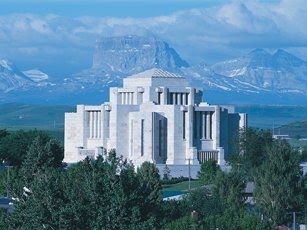
A few days ago, in a comment posted here, I drew indignant condemnation from a former Latter-day Saint for having mentioned the fact that I had taken some of my posterity for lunch to a unique restaurant in Banff. We had taken my children to it nearly thirty years ago and they have never forgotten it. So we took them again. The money that I spent there, this critic suggested, should have been given, instead, to people who struggle with their rent and with their food budgets. (It appears that he himself has never eaten in a restaurant, that he spends nothing more on food than is strictly necessary to meet his nutritional requirements, or even — I don’t know him, so I can’t altogether rule this possibility out — that he doesn’t eat at all.)
With that background, I knew that I was running considerable risk, tempting fate, when I mentioned that my family and I had spent Thursday evening with a former student and his family at their home in Cochrane, Alberta, enjoying barbecued meat and corn on the cob and blueberry pie, followed by roasting marshmallows with the younger set while talking around an open fire. (My sybaritic, self-indulgent lifestyle was on display for all to see.)
I want to say, though, that — for me — the real joy of such times of gathering isn’t really the food. It’s the conversation. On Thursday night, we spoke of missions and pending missions, of remarkable spiritual experiences, of times overseas, of losses and challenges, of artificial intelligence and the nature of eternal uncreated intelligence, and of the doctrines of the Restoration.
I confess to a weakness for some of the songs of the late John Denver, and here is a portion of the lyrics to one of his songs that has always had a special resonance for me:
I have to say it now, it’s been a good life, all in all.It’s really fine to have the chance to hang aroundAnd lie there by the fire and watch the evening tireWhile all my friends and my old lady sit and watch the sun go down.Talk of poems and prayers and promises and things that we believe in.How sweet it is to love someone, how right it is to care.How long it’s been since yesterday and what about tomorrow?What about our dreams and all the memories we share?
One of the greatest joys of this life is to relax around a table — or, even better, around a fire — while talking about our deepest dreams and expectations, our beliefs and commitments, our life’s experiences and lessons — and the reasons for the hope that lies within us — with good people who share them.
A favorite verse of a favorite hymn of mine runs as follows. Almost everybody who reads here will be familiar with it:
Sweet is the work, my God, my King,
To praise thy name, give thanks and sing,
To show thy love by morning light,
And talk of all thy truths at night.
I don’t apologize for my enjoyment of such experiences. I’m sorry for those who don’t have them.
Posted from Whitefish, Montana


